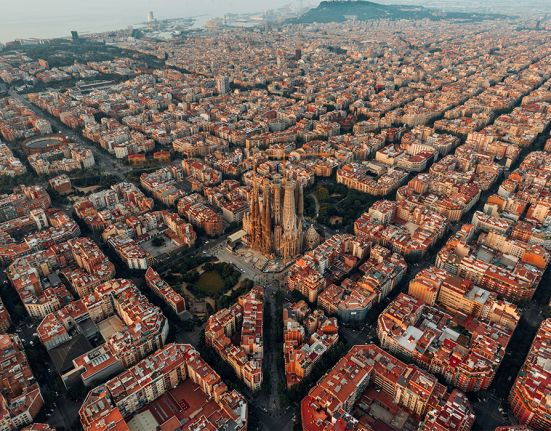Explore the Content
Historical Development
Ancient and Medieval History
Known as Noricum during the Roman era, the region emerged as a distinct area under the Babenberg and later the Habsburg dynasties.
Under the rule of the Habsburgs, the Austro-Hungarian Empire, established in 1867, was a period marked by significant cultural and economic advancements.
Austria played a central role in both World Wars. Following World War I, the Austro-Hungarian Empire dissolved, leading to the establishment of the Republic of Austria.
In 1938, Austria was annexed by Nazi Germany, and following World War II, it regained independence and declared perpetual neutrality in 1955.

Cultural Heritage
Vienna, known as the world’s music capital, has been home to legendary composers such as Mozart, Beethoven, Schubert, Strauss, and Haydn.
Austria’s rich architectural heritage ranges from Baroque masterpieces to modern designs, with notable examples including the Hofburg Imperial Palace, Schönbrunn Palace, and the Belvedere in Vienna.
The Viennese Ball season, the Salzburg Easter Festival, and various Christmas markets are among Austria’s vibrant traditions and festivals.
Modern Austria and Development
Post World War II, Austria experienced significant economic growth, joining the European Union in 1995 and adopting the euro in 1999.
Austria has made notable contributions in fields such as medicine, psychology (Sigmund Freud), and quantum physics (Erwin Schrödinger), boasting a strong tradition in science and innovation.
The country places great emphasis on sustainability and environmental preservation, with extensive national parks and eco-friendly initiatives.
Places to Visit
Vienna
Hofburg Imperial Palace
The historic and political center of Austria is known for its magnificent collections and breathtaking architecture.
Schönbrunn Palace
Former summer residence of the Habsburgs, it stands out with its splendid gardens and rich history.
Belvedere Palace
Comprising the Upper and Lower Belvedere, these palaces are considered masterpieces of Baroque architecture and house famous works by Gustav Klimt.

Salzburg
Mozart’s Birthplace
The house where the world-renowned composer Wolfgang Amadeus Mozart was born, now serving as a museum.
Hohensalzburg Fortress
Dominating the city’s skyline, this fortress offers panoramic views and is one of Europe’s best-preserved medieval castles.
Innsbruck
The Golden Roof
A famous landmark in the historical city center, known for its lavish decorations.
Nordkette
Easily accessible from Innsbruck, this mountain range offers excellent opportunities for hiking and winter sports.
Graz
Kunsthaus Graz
The city’s modern art museum is known for its striking architecture and contemporary art exhibitions.
Eggenberg Palace
A UNESCO World Heritage Site, renowned for its Baroque gardens and richly decorated interior.
Wachau Valley
Dürnstein
A charming town known for its blue-domed monastery and historic streets.
Melk Abbey
Situated in the heart of the Wachau Valley, this magnificent abbey is famous for its vast library and Baroque architecture.

Admont Abbey Library
Architecture and Interior Design
One of the largest monastic libraries in Europe, it is renowned for its lavish decorations, sculptures, and impressive ceiling frescoes by Bartolomeo Altomonte, illustrating the breadth and depth of human knowledge.
Collection Significance
The library houses a vast collection of ancient books and manuscripts, including religious and philosophical texts, as well as works on history, literature, and natural sciences, shedding light on Europe’s intellectual history.
Austria, with its historical and cultural richness, stunning architecture, and artistic legacy, stands as one of Europe’s most significant countries. From the aristocratic palaces of Vienna to the historical streets of Salzburg, the alpine vistas of Innsbruck, and the pastoral beauties of the Wachau Valley, each corner of Austria is a treasure waiting to be discovered. The Admont Abbey Library is a magnificent amalgamation of art and knowledge within this cultural mosaic. Visiting Austria is not just a holiday; it’s an opportunity to explore a rich historical and cultural heritage.










